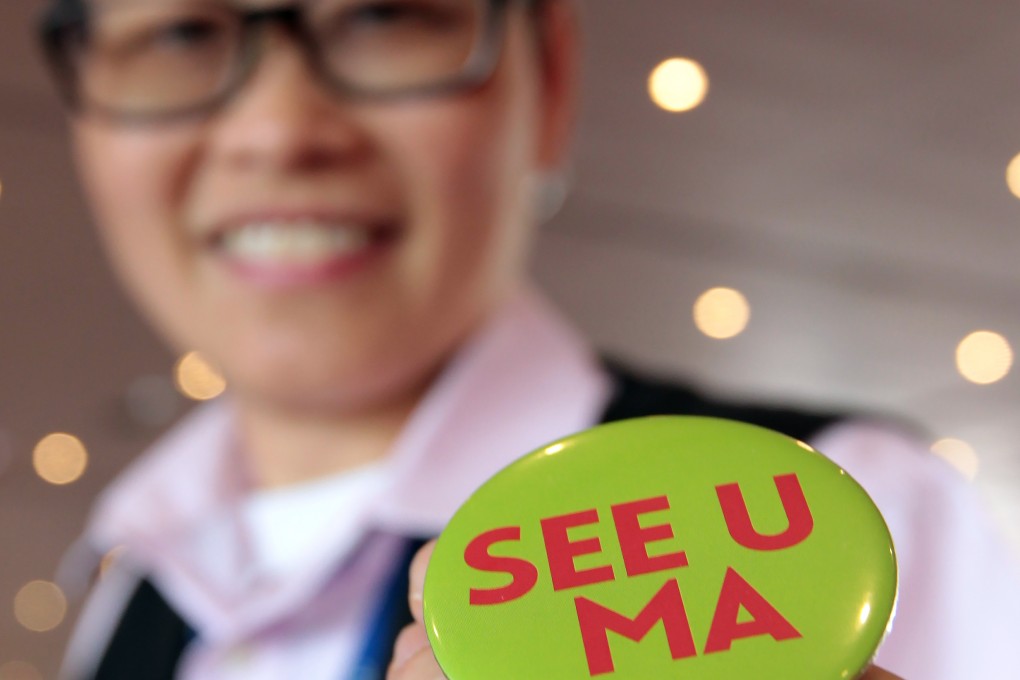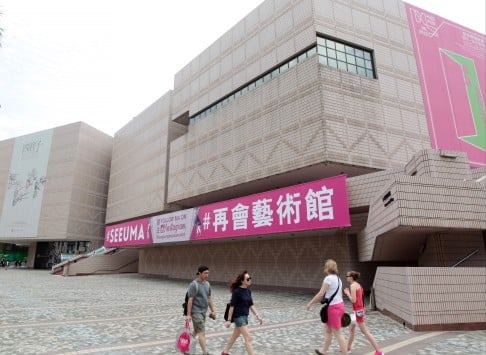Why the Hong Kong Museum of Art needs to revamp its set-up as much as its building
Clad in pasty pink, insensitive to its superb location, and too small - the Museum of Art has long been needing a revamp. But an overhaul of its operations is just as vital

The West Kowloon Cultural District's planned museum for visual culture - known as M+ - may be looming large on the horizon, but the Hong Kong Museum of Art is still the city's most prestigious institution of its kind, with a world-class collection of Chinese antiquities, paintings and ceramics.
It was originally housed in Hong Kong City Hall (as the City Hall Museum and Art Gallery, established by the government in 1962), and moved to the Cultural Centre complex on the Tsim Sha Tsui foreshore in 1991. These cultural facilities, including the Space Museum, replaced the historic Kowloon-Canton Railway Station and shunting yards.
It is tempting to think that if such redevelopment were to be done today, then a sensitive conversion of the railway station might result in a Musée d'Orsay-styled revamp, with added contemporary architecture to better exploit the site's historic harbour position and world-famous views. But that is probably wishful thinking, as recent controversies surrounding the Central Police Station makeover and the building of West Kowloon demonstrate that planning for public cultural spaces continues to be fraught with hiccups. The Cultural Centre's buildings have deservedly been derided for their toilet-pink tiled exterior and architecture that seemingly ignores the site's magnificent harbour views.

The whole complex will eventually be renovated and its main lobby is ripe for upgrading: with comfortable seating installed, removal of the ugly Van Lau wall sculpture and reconsideration of the current interior layout.
In the meantime, the Museum of Art is scheduled to be the first area within the complex for renovation. It was meant to close a year ago for upgrading and enlargement, but the project was held up in the Legislative Council's recent filibustering. The government funding application of HK$935 million for the museum's renovation has been approved and the venue will close for three years from August 3.
